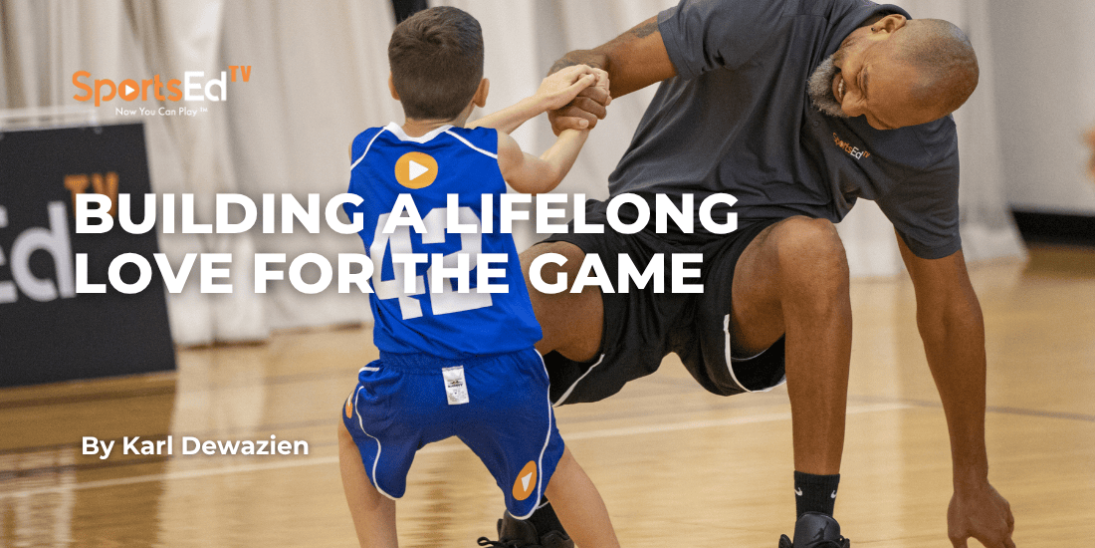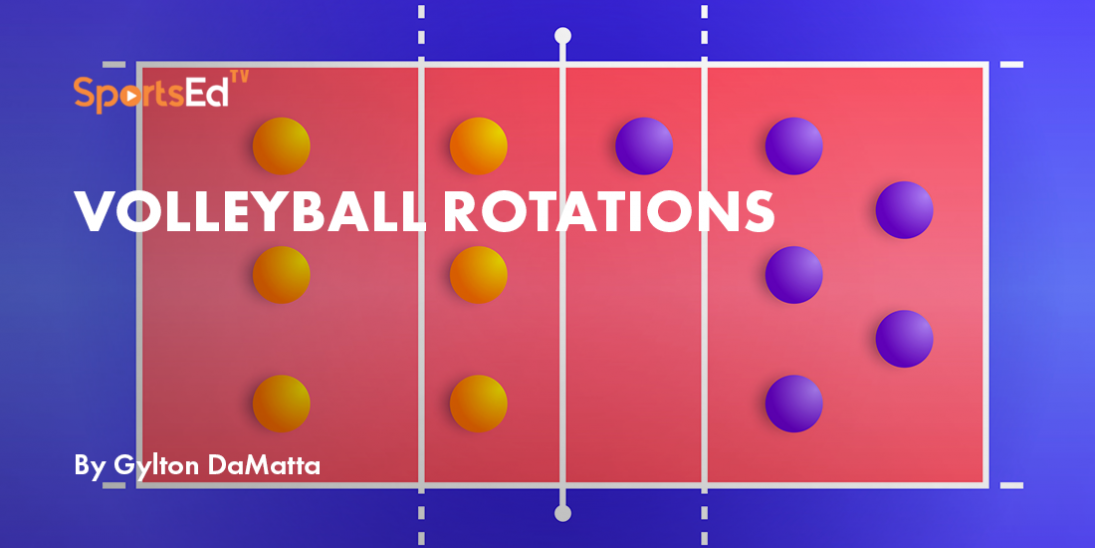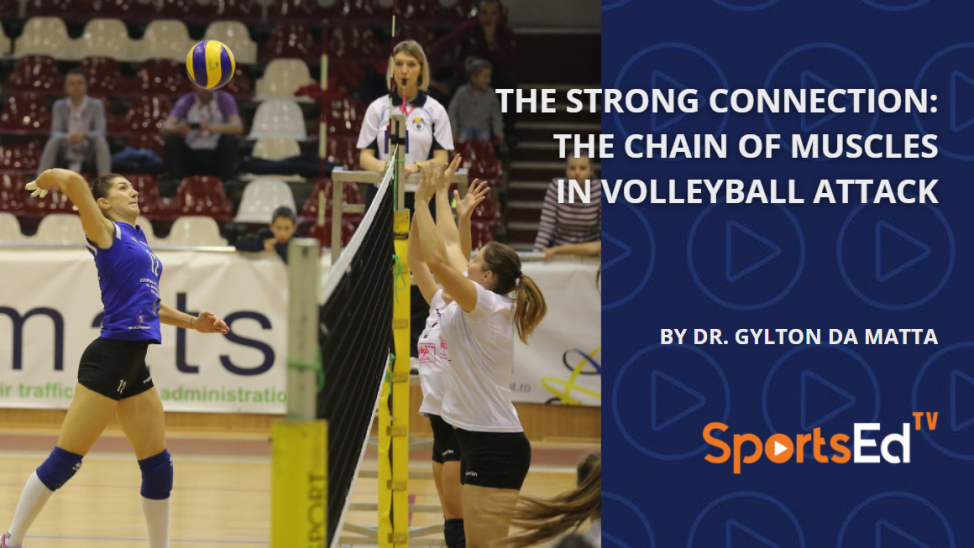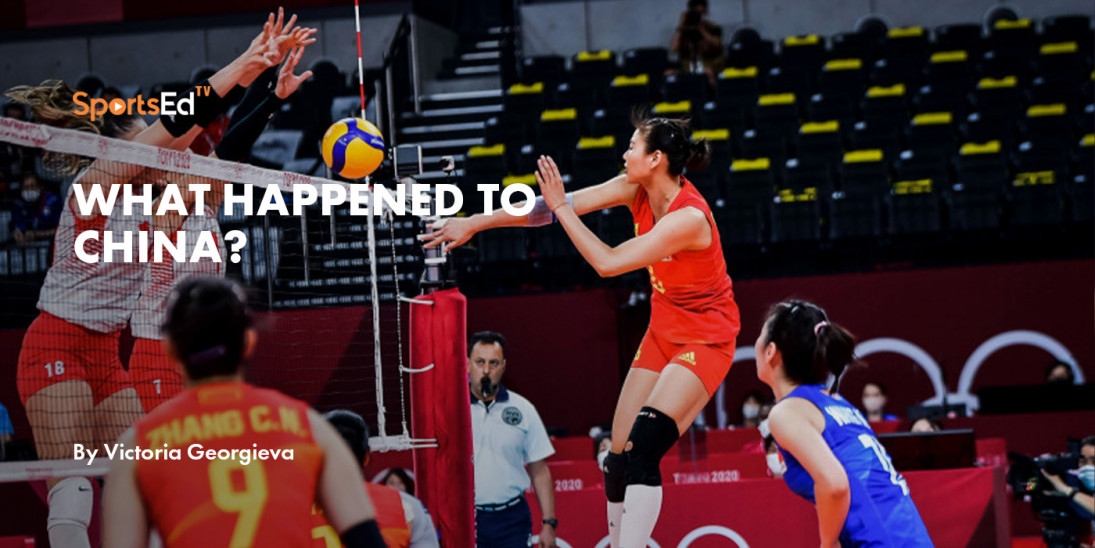Volleyball
Welcome and thanks for visiting...

The Importance of the Core to Volleyball
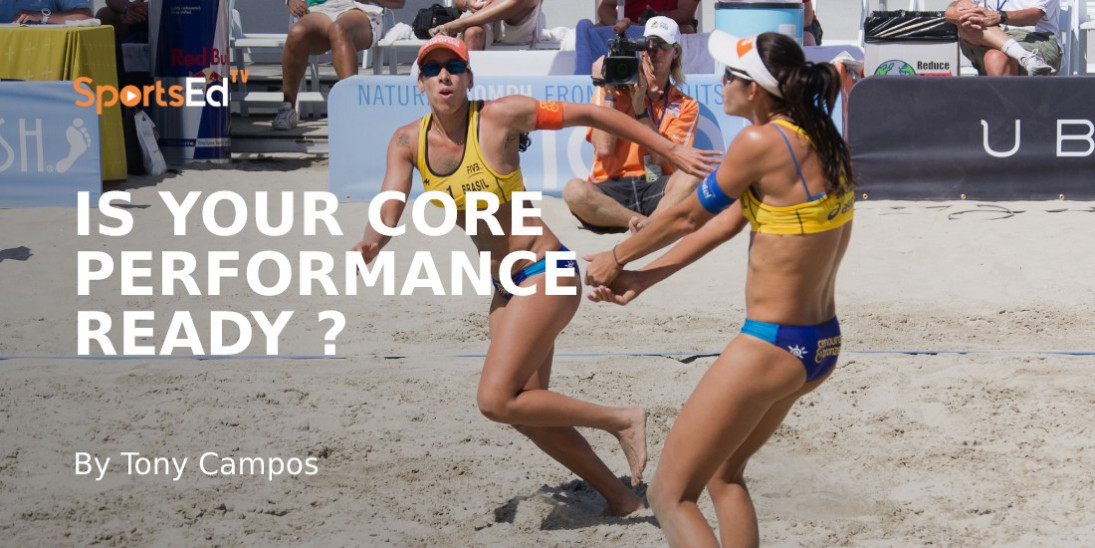
What are the characteristics of Volleyball? Volleyball is an explosive and high-speed sport. Repeated high heels, change of direction sprints, falls and repeated movements above the head make up the game (Black 1995; Gadeken 1999).
Athletes generate high forces to interrupt or approach the jump and absorb high forces when diving, landing, or blocking. Regarding the need for energy, the average interval of play in volleyball is around 6 seconds, with rest periods around 14 seconds between them (Gadeken 1999).
This work-rest ratio means that athletes mainly use the energy system adenosine triphosphate, creatine phosphate (ATP-PCR). taking into account that there are 25 rallies per game, the conditioning of the volleyball energy system should consist of 25 or more repetitions lasting 5 to 10 seconds.
These efforts should consist of jumping, running, diving, and changing direction frequently, with 10 to 15 seconds of rest between efforts (Black 1995). However, some conditioning exercises should take 20 to 45 seconds to prepare players for the 10 percent of rallies that exceed 15 seconds. When the regime is specific to the energy and movement systems of volleyball, it is possible to overload the neuromuscular system so that the athlete develops the ability to jump higher, run faster, and change direction faster and to do all this, the core has a fundamental importance in the athlete's performance.
The improvement of physical performance in sport requires the application of specificity and excessive demands. Specificity means that the conditioning program simulates as many game features as possible. Overload means that training must deliver a stimulus that goes beyond normal weight, speed, jump height, duration. (Black 1995).
The most effective way to achieve specificity and overload is to do exercises similar to the movements of the game. Volleyball training should develop the ability to jump and run short distances, dive, explosively and change rapid direction, with minimal degradation due to fatigue (Black 1995).
John Hyden is the longest-lifelong player in the history of professional beach volleyball. It was due to hard work in the field of physical training that he played an important role in Hyden's long and impressive volleyball career, which includes 13 AVP titles, an FIVB title, and a spot on two Us Olympic teams: Atlanta in 1996 and Sydney in 2000. One thing he reports as paramount is the core strength. "The more you develop your core, the stronger you'll get with all the volleyball moves, especially those when your arms and hands are on to the body line," Hyden says. "A robust core also helps you stay healthy, especially on your back - an area of the body where many players get hurt."
Curtis Jackson, former Long Beach State outfielder and certified professional beach player by the National Association of Sports Medicine. He reports: "A strong core is not only a necessity to play volleyball at its highest level but of critical importance to protect the spine." It emphasizes that the central force (core) extends beyond the abdomen and includes the posterior parts (from the upper back to the hamstrings and glutes) and rotational parts of the body - such as the oblique and lumbar square.
The word "core" is not synonymous with the abdomen but the literature to the general public mentions it. Core-strength exercises strengthen your core muscles, including your abdominal muscles, back muscles, and the muscles around the pelvis. Strong core muscles make it easier to do many physical activities.
You can do core-strength exercises on a carpeted floor or mat. It's essentially all that's not arms or legs. The ultimate goal of the main work is not to develop a defined abdomen. This can happen, but the real mission is to get stronger, faster, more stable, more agile, and better prepared to make good volleyball moves with minimal risk of injury.
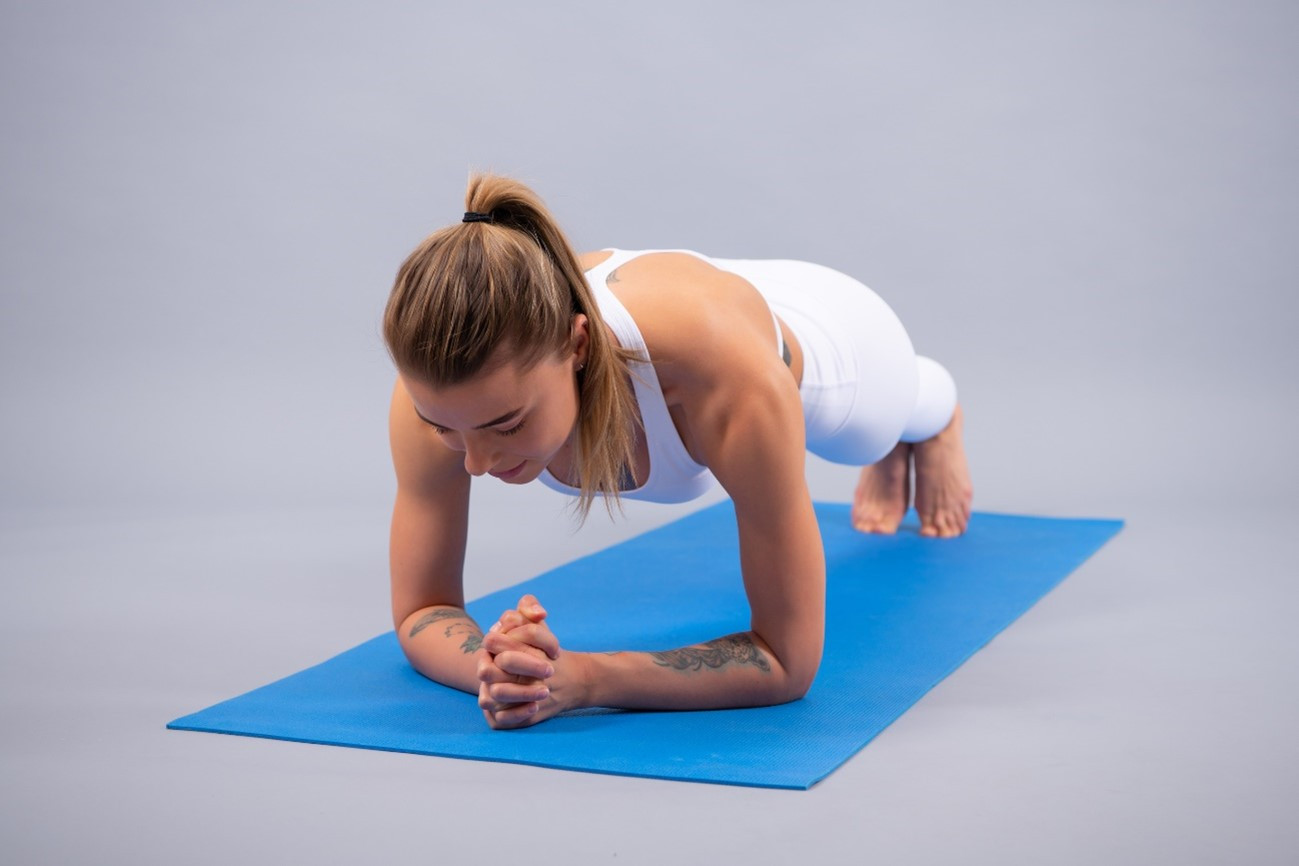
All true strength comes from the core: spiritually, mentally, and physically. No matter how high you jump, you'll jump higher if you access your core. No matter how fast you think you are, it can be faster. No matter how fast you think you're moving, you can be faster – and all at a lower cost to you. Being powerful does not mean seeming powerful; it's about the accessibility of that power, the core. The hidden switch for this force let's call it a power box. It's up to you to find the power that's at your core.
The Core is beyond the abdomen
The core musculature is inserted in the hip-lumbar-pelvis complex and is divided into 2 (two) categories: stabilization system and movement system. Movement system: Large Dorsal, Spine Eretor, Iliopsoas, Lumbar Square, Hamstring, Hip Adductors (Magno Adductor, Long Adductor, Cilius, Pectineos), Hip Abductors (Minimal Gluteus, Middle Gluteus, Fascia Tumus Tensor Can), Abdominal Rectum, External Oblique. Stabilization System: Abdominal transverse, Internal oblique, lumbar multifido, pelvic floor muscles, Diaphragm, Spinal transverse.
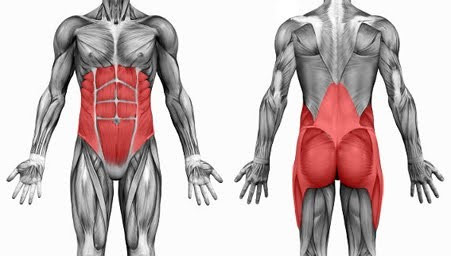
The core is an integrated unit of 29 pairs of muscles that support and stabilize the pelvis, pelvis, and abdomen. This musculature is around the entire trunk region, in the lumbar spine line. It is considered the center of gravity of our body because it is in it that will stop much of the overload of the numerous activities that the athlete performs, this becomes a very vulnerable region. This vulnerability is what causes the appearance of muscle pain, postural deviations, and even susceptibility to injuries in this region. The great function of core stability is to maintain a more solid base for movement and transfer energy from the center of the body to the limbs. Here we can know the importance of the core for volleyball.
The ability to cut the ball at high speed is also valuable for the volleyball player. This capability can be enhanced by increasing the strength and power of the core and shoulder muscles through a variety of endurance training and plyometric activities of the upper body. Plyometric activities with a medicine ball that aim at the force of rotation and the power of the core muscles while also performing movements of the upper extremity, as occurs during a court, can also improve the transmission of the training effect.
As with training other areas of the body, core exercises should be periodized, from general strength training movements to exercises that simulate common core movements. Finally, sufficient overhead must be guaranteed to generate significant increases in strength and performance. Jeffrey M. W. 2013
From a mechanical point of view, the core can be seen as a kinetic link between the upper and lower extremities. The skeletal system can be compared to a kinetic chain, with segments or links connected by joints. The muscles of the body are connected to the skeleton by tendons; muscles create strength that is transferred to the skeleton to create torque (i.e., muscle strength that causes joint movement)
Thus, the musculoskeletal system functions as a series of levers that generate the torque needed to cause, control or prevent movement. The amount of muscle torque depends on the muscle strength generated and the current length of the arm in relation to the joint axis. Therefore, the creation of adequate stability through muscle torque depends not only on the potential for muscle strength but also on the practice of stabilization techniques such as an abdominal brace that takes advantage of the momentary lever of the arm (the abdominal brace happens when you strain the muscles around your spine to tighten a belly. Grayson Wickham, PT, DPT, CSCS, and founder of Motion Vault. This brace protégé moves your spine to a position that can cause damage or injury.)
In court or field sports, torque production begins in the muscles of the lower extremities and increases with sequential activation of the trunk (core) and upper extremity muscles. The moment of muscle activation is important to maintain spinal stability and also to maximize the angular velocity of the skeletal segments involved. In sports that require general throwing movement patterns, achieving the maximum angular velocity (i.e., joint movement speed) of the arm by adding the torque from the lower body through the core to the dominant arm allows the ball to be thrown at high speed (e.g., baseball field or softball) or pitch) or batting (cut in volleyball) (McGill 2006).
The same reasoning applies to other sports skills that involve hitting or hitting with equipment such as a tennis racket or baseball bat. These skills are not performed as effectively without the contribution of lower extremity torque and core muscles. Therefore, the choice of exercise in strength and development programs is of crucial importance, since effective athletic performance is achieved through coordinated activation and relaxation of various muscle groups in a precision neural orchestra sequence.
An important point is that movement in a segment of the core skeleton can transfer torque and angular velocity to other segments of the skeleton that are above or below. For example, the pelvic girdle is connected to the spine in the sacroiliac joints. With the feet resting on the ground, the pelvis tilts forward or backward to hyperextension or flexion of the lumbar spine (Floyd 2009). This illustrates the concept of the kinetic chain and illustrates that muscle weakness acting on a skeletal segment can place undue stress on muscles that act on adjacent skeletal segments. Weak or unbalanced core muscles can lead to motion compensation strategies that can lead to injuries.
Proper positioning and stabilization of the anatomical nucleus allow for efficient and powerful movement of the upper and lower extremities. Exercise movements should be prescribed to exercise the core muscles with coordinated joint actions of the upper and lower extremities. Instead of exclusively using the supine slash, trainers may occasionally consider incorporating a supine with one arm into a descending position (bottom).
When doing this exercise with the right arm (left leg forward), the left inner obliques (opposite side) and latíssimos of the left (large dorsal) back and right external obliques (same side) work isometrically to frame the shoulders, while the main pectoral muscles act dynamically push to the weight (Santana, Vera-Garcia and McGill 2007). During the brief and successive contacts of the feet that occur during the race, the central muscles act to maintain the level of the pelvis (Kibler, Press and Sciascia 2006; Willson et al. 2005). In other words, athletes get what they train for. The core has been called a "wheel hub", "power zone" and "energy zone". It is where the center of gravity of the body is located and, most importantly, is where all movements are initiated. In addition, the core is responsible for generating strength, maintaining balance and stability, and improving coordination during movement (HANDZEL, 2003).
That is, the well-trained and stabilized core is all the volleyball athlete needs to get an excellent performance.

